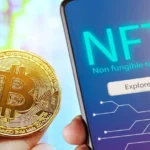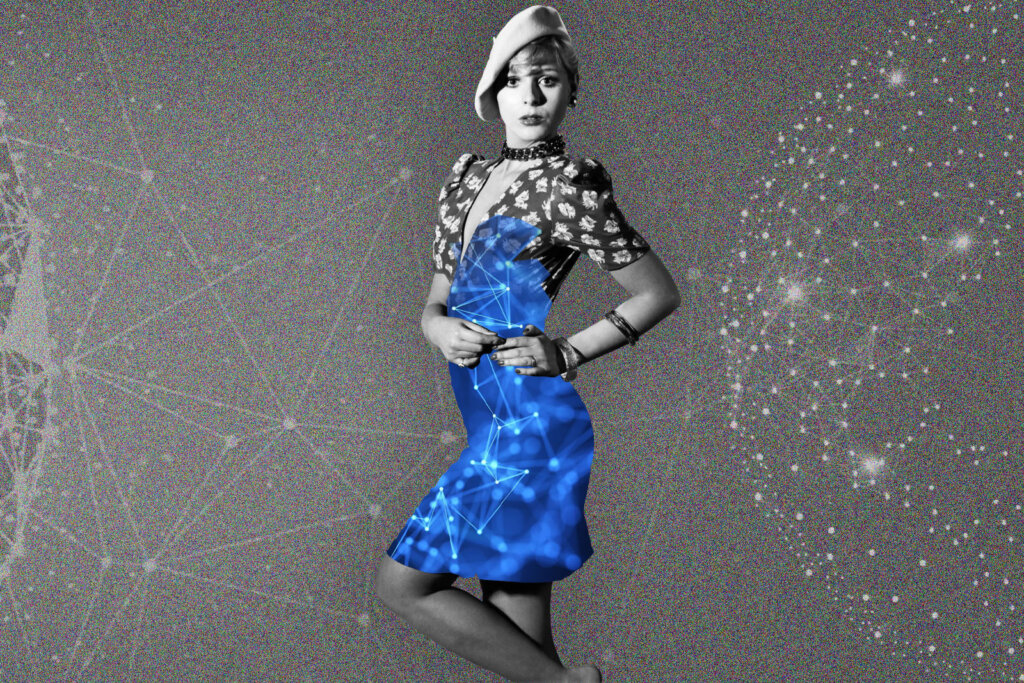Nitches Inc., (NICH) (the “Company”) a designer and manufacturer of high-end clothing and accessories, today announced it’s entering the Web 3.0 revolution with its Owner Verification System (OVS
“Nitches is fully embracing Web 3.0 and metaverse technologies, whether it’s creating NFTs of our luxury clothing, accepting crypto payments or developing our dApp with smart contracts on the Ethereum/Polygon blockchain,” said John Morgan, Nitches’ CEO. “We want to lead the fashion industry by merging cutting-edge technology with the highest-quality clothing items in the market, created with today’s top celebrities and influencers.”
Web 3.0, the third version of the Internet, will be decentralized, giving people more control over their data. Nitches’ OVS dApp interacts with Web 3.0 technologies, such as non-fungible tokens (NFTs). NFTs of hoodies, baseball caps and other items are currently being created. They will be transferred to owners after they are registered using the OVS dApp. Registration will prove ownership and verify the legitimacy of the items. The dApp consists of four other Web 3.0-related components.
- Front end – the dApp takes input from users and builds requests that are deployed on the network as smart contracts.
- QR codes – users scan the QR code that is sewn into each piece of clothing to start the verification process.
- Polygon/Ethereum wallets – where users sign transactions and send them to the network.
- Smart contracts – our developers wrote the logic of the dAPP into smart contracts, which are programs that run on the Ethereum blockchain. Smart contracts are created when money is exchanged, services delivered or digitally protected content unlocked.
Web 3.0 is being built on blockchain technology that is maintained without a central authority. Blockchain data is distributed, making it more safe and secure.










